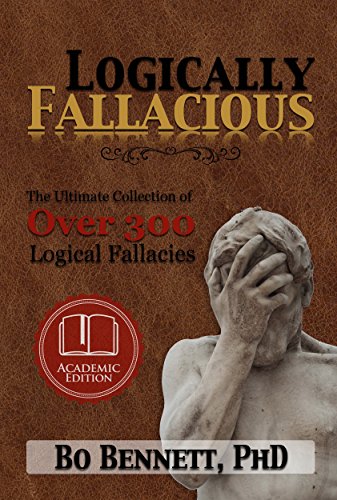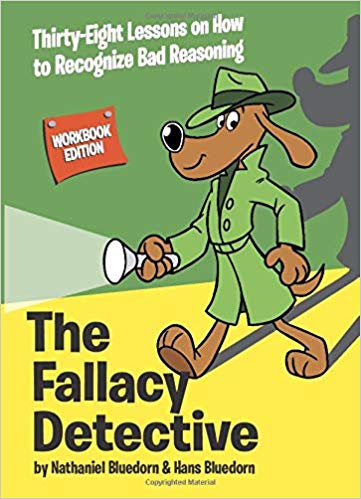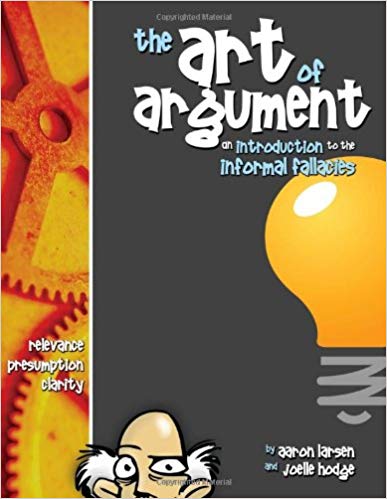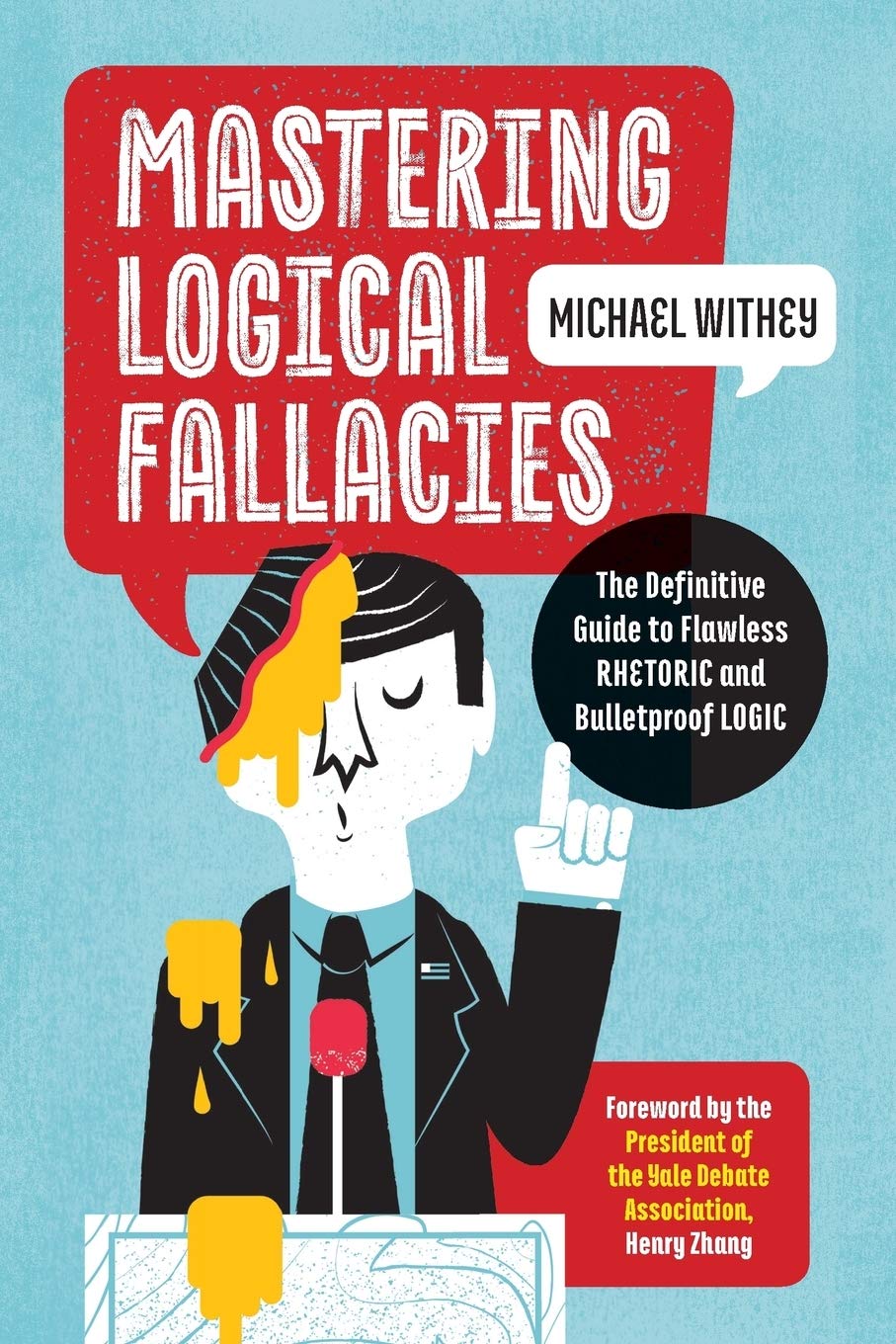
Inflation of Conflict
The fallacy of inflation of conflict assumes the belief that the instances where scholars and scientists have differing opinions on the something, it calls the credibility of the entire field into question.
Example of Inflation of Conflict
My piano teacher says I should practice one hour each day, but my father says I should practice three hours a day. They don't know what they are talking about, so I shouldn't practice at all.

Books About Logical Fallacies
A few books to help you get a real handle on logical fallacies.





Inflation of ConflictExtended Explanation
The Inflation of Conflict fallacy (also known as the "false dilemma") is a logical fallacy in which a person assumes that there are only two possible solutions to a problem, when in fact there are more. This fallacy is often used to create a false sense of urgency or to manipulate others into agreeing to a particular solution. It is a type of informal fallacy, meaning it is not a valid logical argument, and is instead an error in reasoning.
The Inflation of Conflict fallacy presents an argument as if there are only two possible solutions, when there are actually more. It oversimplifies the problem by ignoring other possible solutions, and can be used to pressure someone into making a decision they would not otherwise make. It is often used to create a false sense of urgency, making it appear as though a decision must be made immediately, when that may not be the case.
An example of the Inflation of Conflict fallacy is when someone presents a situation as if there are only two options, when in fact there are more. For instance, if someone were to say “you can either agree with me or be wrong,” this would be an example of the Inflation of Conflict fallacy. This statement implies that there are only two possible outcomes, when in fact there are many more.
The Inflation of Conflict fallacy can be an effective way to manipulate others into making a particular decision. It can be used to create a false sense of urgency and pressure people into making a decision they would not otherwise make. However, it is important to recognize that this is a fallacy, and that there may be more solutions than just the two presented.